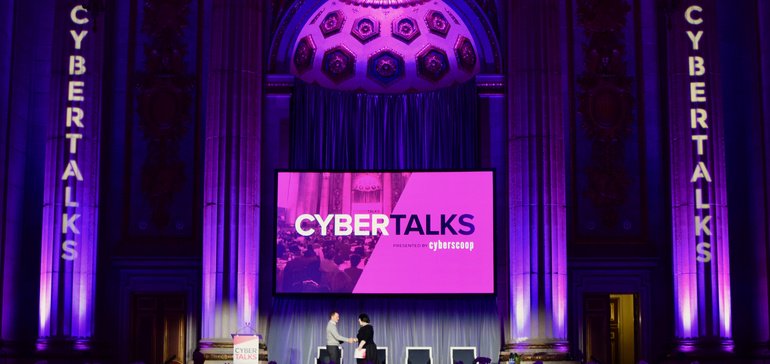
Serverless: The future of cloud computing?
Serverless: The future of cloud computing? https://csuiteold.c-suitenetwork.com/wp-content/uploads/2018/01/serverless-the-future-of-cloud-computing.jpg 700 394 C-Suite Network https://csuiteold.c-suitenetwork.com/wp-content/uploads/2018/01/serverless-the-future-of-cloud-computing.jpg
The cloud has been a boon for many companies, enabling CIOs to turn off servers or even shutter data centers. CIOs rent processing power, storage and other tools from a mix of vendors in a quickly growing market. But a small contingent of IT leaders is looking to a more efficient way to rent computing horsepower. Rather than take on the often onerous obligations of designing and managing cloud architecture, they are going “serverless.”
With serverless computing, cloud instances are no longer allocated, only to sit idle until called upon to fuel applications and other functions. Rather, resources are provisioned only when a specific event occurs. A textbook example of event-based computing is the internet of things (IoT), with sensor-based devices reacting to triggers on the fly. And when a user accesses a mobile app from his or her smartphone — an event — virtual machines in the cloud retrieve and serve up the information.
New York Times CTO Nick Rockwell is convinced that serverless, also known as “function as a service” (FaaS), represents the next leg in the cloud journey, enabling developers to focus on writing code rather than worrying about the servers it will run on. “Serverless makes products both reliable and scalable,” Rockwell tells CIO.com. “In the long term, economically, it’s going to be a far better, far cheaper, far more efficient way to go.”
Juggling a cloud, or two, or three
It’s a forward-looking position considering Rockwell is still migrating the Times to traditional cloud services. When Rockwell joined from Conde Nast in 2015, the Times was connecting its computing infrastructure to Amazon Web Services’ Virtual Private Cloud, which allows enterprises to connect their data center to a virtual private cloud within AWS. And it lacked a complete content delivery network (CDN) to store content at the “edge,” closer to consumers’ computing devices.
Today, the Times is largely split between…






